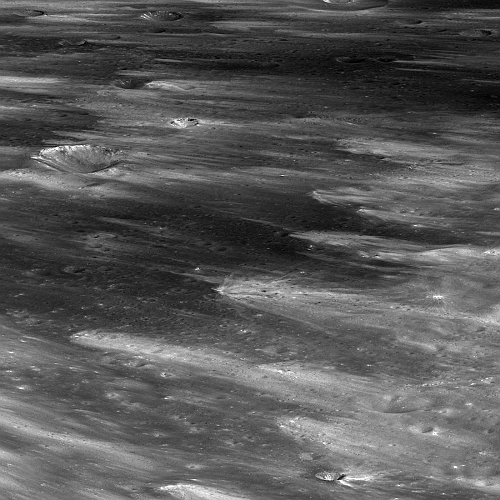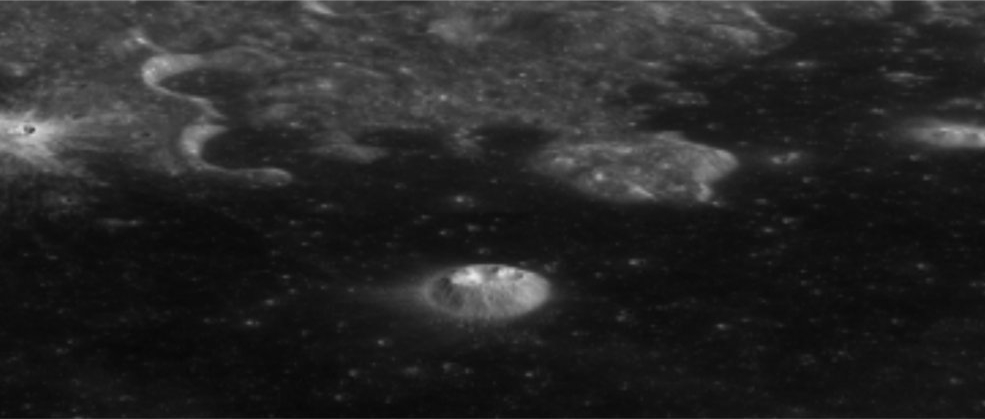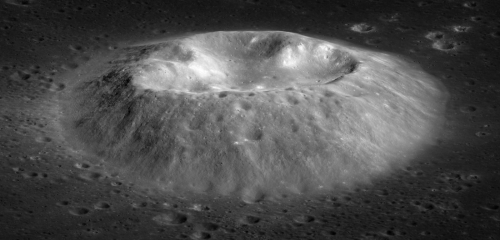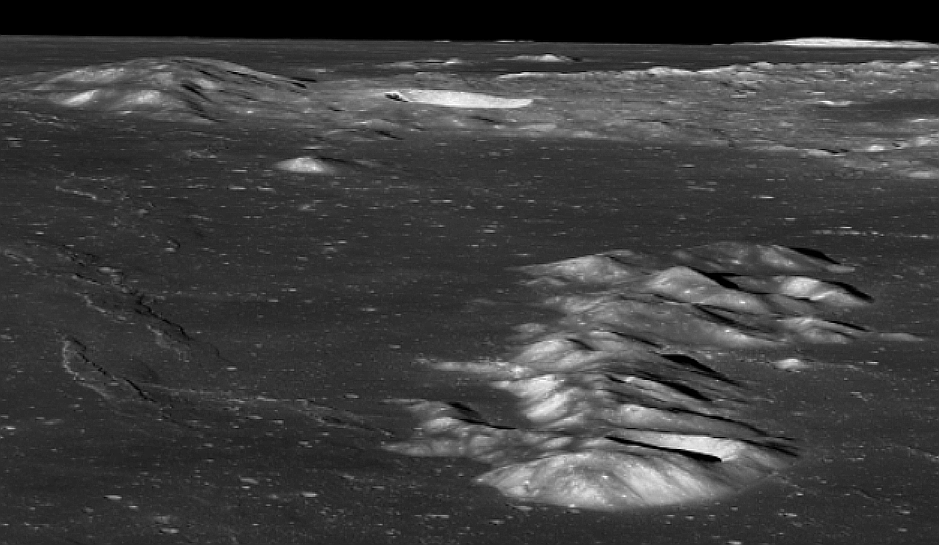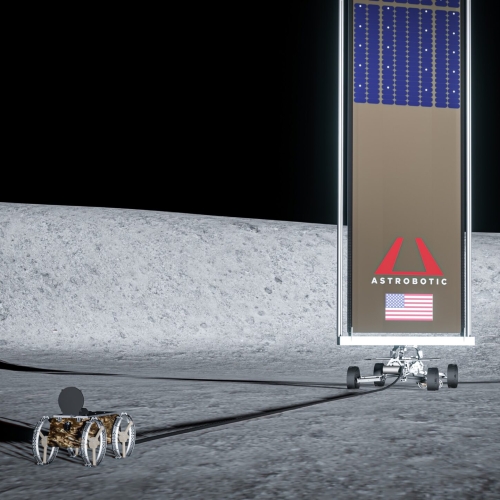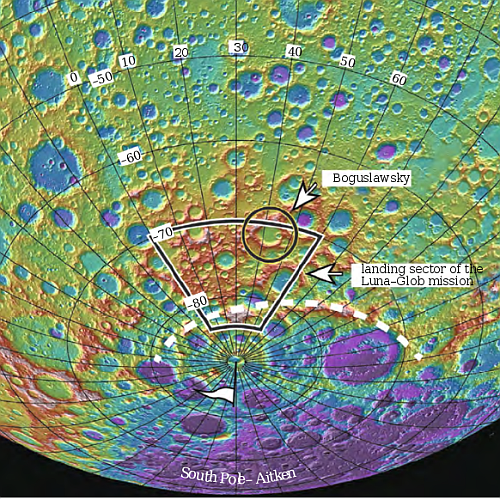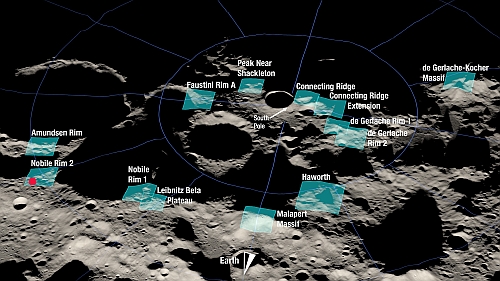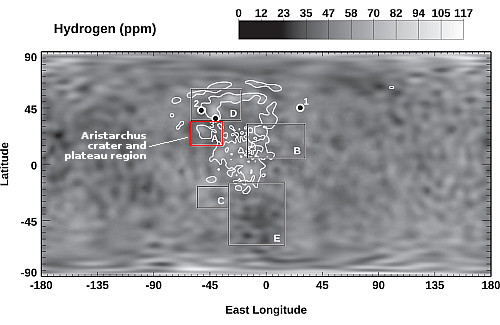Japan issues license allowing Ispace to do private business on Moon
With the launch of Ispace’s first lunar lander, Hakuto-R, only two weeks away, the private company has obtained a license from the Japanese government to conduct private transactions on the Moon.
The license allows Ispace to complete a contract awarded by NASA in December 2020, to acquire regolith from the lunar surface to sell to the space agency. During M1, Ispace is expected to collect regolith that accumulates on the footpad of the landing gear during the touchdown on the surface, photograph the collected regolith and conduct an “in-place” transfer of ownership of the lunar regolith to NASA. After ownership transfer, the collected material becomes the property of NASA, under the Artemis program. Under the contract, the lunar regolith will not be returned to Earth.
Under a second contract awarded to Ispace’s subsidiary [Ispace EU] … Ispace EU will acquire the lunar material on its second mission scheduled for 2024 as part of the HAKUTO-R program. An application for Mission 2 will be submitted to obtain a separate authorization.
This mission will also land the UAE’s first lunar rover, Rashid.
According to the Outer Space Treaty, it is the responsibility of each nation to regulate the private operations of its citizens in space. This action thus follows the laws that Japan has passed to supervise commercial space companies.
With the launch of Ispace’s first lunar lander, Hakuto-R, only two weeks away, the private company has obtained a license from the Japanese government to conduct private transactions on the Moon.
The license allows Ispace to complete a contract awarded by NASA in December 2020, to acquire regolith from the lunar surface to sell to the space agency. During M1, Ispace is expected to collect regolith that accumulates on the footpad of the landing gear during the touchdown on the surface, photograph the collected regolith and conduct an “in-place” transfer of ownership of the lunar regolith to NASA. After ownership transfer, the collected material becomes the property of NASA, under the Artemis program. Under the contract, the lunar regolith will not be returned to Earth.
Under a second contract awarded to Ispace’s subsidiary [Ispace EU] … Ispace EU will acquire the lunar material on its second mission scheduled for 2024 as part of the HAKUTO-R program. An application for Mission 2 will be submitted to obtain a separate authorization.
This mission will also land the UAE’s first lunar rover, Rashid.
According to the Outer Space Treaty, it is the responsibility of each nation to regulate the private operations of its citizens in space. This action thus follows the laws that Japan has passed to supervise commercial space companies.

